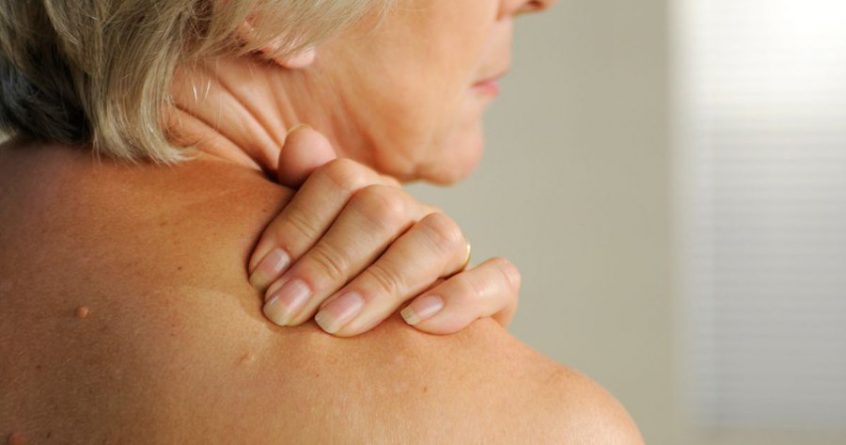A frozen shoulder can be a real pain and disabling too – as I know only too well.
Mine was brought on by a spell of athletic pruning in the garden.
So when a friend developed one after a nasty fall I decided it was time to write about it.
It’s quite common and can result from any shoulder injury, but there’s still no general agreement about how it should be treated.
Frozen shoulder usually occurs between the ages of 40 and 60 and women are more commonly affected.
It’s a condition where the joint capsule becomes thickened and stiff, leading to a wide spectrum of symptoms, primarily pain and immobility.
It means patients’ lives can be affected in many different ways, depending on the severity of the condition and their daily activities.
This often makes treatment problematical.
When a UK medical trial compared the current remedies – manipulation under anaesthetic; arthroscopic capsular release (removing scarring and sometimes part of the inflamed capsule); and early physiotherapy with corticosteroid injections – none of the interventions were clinically superior.
People with diabetes have a 10-20% lifetime risk of developing frozen shoulder and of having symptoms in both shoulders.
It’s not surprising recovery times vary, but it can take years.
Early physiotherapy is the basic treatment with or without steroid injections into the joint. Specialist treatments include joint manipulation under anaesthesia.
One of the newest is hydrodilatation, injecting fluid into the shoulder joint to separate the capsule adhesions.
The solutions used and volumes injected vary, but most clinicians use normal saline with local anaesthetic and corticosteroid.
However results have been disappointing with only short-term improvement in pain and range of movement. Anyone with a frozen shoulder should continue to use the arm within the limits of pain and take painkillers to alleviate pain. Night time pain can be helped by sleeping on the unaffected side or using pillows for support.
Heat and ice packs may relieve pain. Simple home exercises such as placing things higher up to encourage reaching, gentle stretching, and pendulum exercises (swinging the arm) can also help.
Corticosteroid injections can help reduce pain and improve movement, particularly in the early stages and when combined with physiotherapy.
Arthroscopic capsular release is carried out under general or regional anaesthesia. Adhesions of the shoulder capsule are opened up and the shoulder checked to confirm the capsule has been released.
Manipulation under anaesthetic (MUA) is a procedure where the shoulder is manipulated by the surgeon to stretch the joint capsule.

